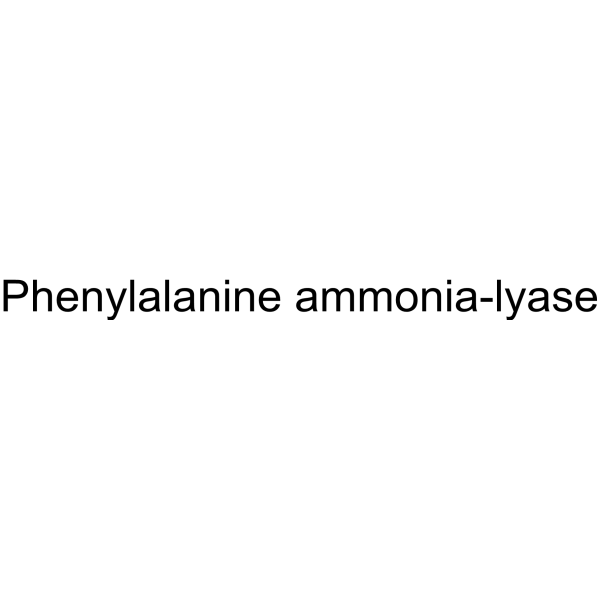Phenylalanine ammonia-lyase

Phenylalanine ammonia-lyase structure
|
Common Name | Phenylalanine ammonia-lyase | ||
|---|---|---|---|---|
| CAS Number | 9024-28-6 | Molecular Weight | N/A | |
| Density | N/A | Boiling Point | N/A | |
| Molecular Formula | N/A | Melting Point | N/A | |
| MSDS | N/A | Flash Point | N/A | |
|
The effect of light on gene expression and podophyllotoxin biosynthesis in Linum album cell culture.
Plant Physiol. Biochem. 56 , 41-6, (2012) Podophyllotoxin (PTOX) is a naturally occurring phenolic compound isolated as an active anti-tumor agent. The stimulatory influence of light on the formation of phenolic compounds has been reported, but the molecular mechanism underlying the effect of light o... |
|
|
Effect of heat treatment on lignification of postharvest bamboo shoots (Phyllostachys praecox f. prevernalis.).
Food Chem. 135 , 2182-7, (2012) In order to evaluate the effects of heat treatment on the quality of postharvest bamboo shoots, the firmness, disease incidence, respiration and ethylene production, ACC synthase (ACS) and ACC oxidase (ACO) activities, lignin and cellulose contents, and the a... |
|
|
The effect of proteinases on phenylalanine ammonia-lyase from the yeast Rhodotorula glutinis.
Biochem. J. 199 , 715–723, (1981) Phenylalanine ammonia-lyase (EC 4.3.1.5) of the yeast Rhodotorula glutinis was rapidly inactivated by duodenal juice. It was susceptible to chymotrypsin and subtilisin and to a lesser extent trypsin. Initial proteolysis of the enzyme by chymotrypsin and tryps... |
|
|
Fate of residual lignin during delignification of kraft pulp by trametes versicolor
Appl. Environ. Microbiol. 64(6) , 2117-2125, (1998) The fungus Trametes versicolor can delignify and brighten kraft pulps. To better understand the mechanism of this biological bleaching and the by-products formed, I traced the transformation of pulp lignin during treatment with the fungus. Hardwood and softwo... |
|
|
Grass lignin acylation: p-coumaroyl transferase activity and cell wall characteristics of C3 and C4 grasses.
Planta 229(6) , 1253-1267, (2009) Grasses are a predominant source of nutritional energy for livestock systems around the world. Grasses with high lignin content have lower energy conversion efficiencies for production of bioenergy either in the form of ethanol or to milk and meat through rum... |